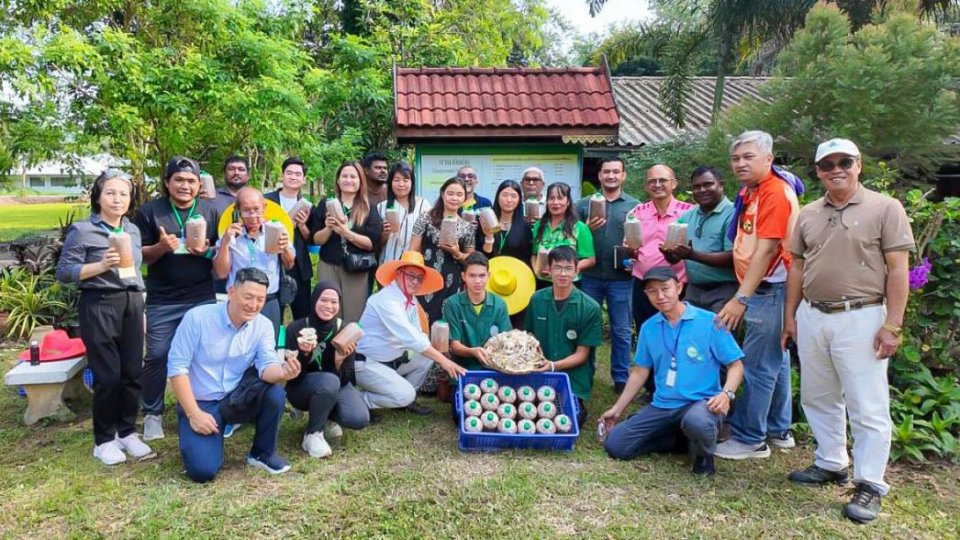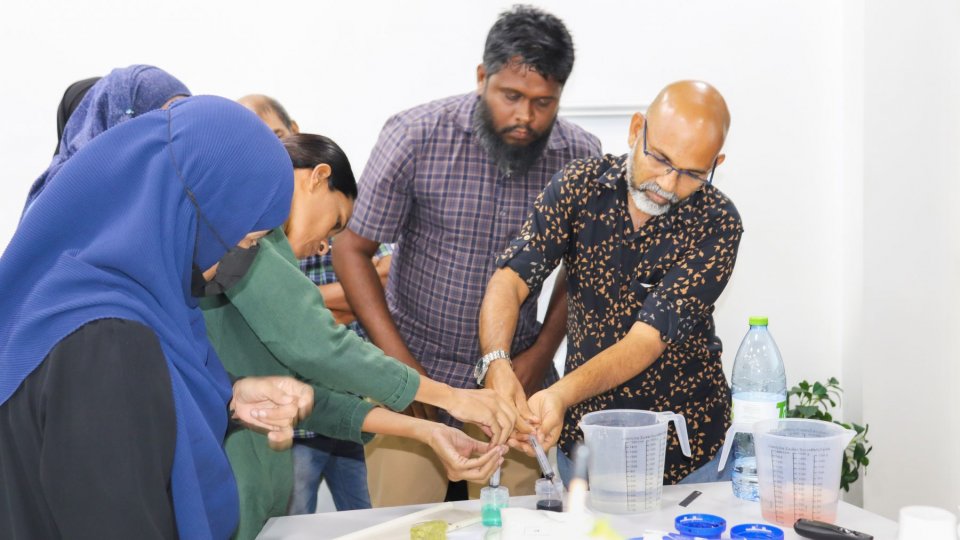
In the early 1980s, Japanese scientist Professor Dr. Teruo Higa embarked on a pioneering journey that would revolutionize the world of agriculture and environmental conservation. With a keen sense of innovation and a deep commitment to sustainability, Dr. Higa sought to harness the power of microorganisms to address the pressing challenges facing modern farming practices.
Dr. Higa began experimenting with microbial consortia composed of lactic acid bacteria, yeast, and phototrophic bacteria. By combining these microorganisms in a synergistic blend, Dr. Higa aimed to unlock their transformative potential in revitalizing degraded soils and restoring ecological balance. It was during this time that he laid the groundwork for what would later become known as Effective Microorganisms (EM), a groundbreaking technology that would transform the way we approach soil management and ecosystem restoration.
Born out of Dr. Higa's creative ingenuity, EM represents a microbial solution designed to revolutionize conventional agricultural methods while mitigating the detrimental impact of chemical inputs on ecosystems. Inspired by his deep reverence for the natural world, Dr. Higa embarked on a journey to harness the power of beneficial microorganisms to restore soil health, enhance crop productivity, and promote environmental sustainability.
Through years of rigorous experimentation and field trials, Dr. Higa demonstrated the remarkable efficacy of EM in promoting soil fertility, improving nutrient cycling, and suppressing the proliferation of harmful pathogens. Unlike chemical fertilizers and pesticides, which often degrade soil quality and harm beneficial microorganisms, EM works in harmony with nature to enhance the resilience and productivity of agricultural ecosystems.
One of the hallmarks of Dr. Higa's work is his emphasis on the holistic approach to agriculture, viewing farming not as a mere economic activity but as a symbiotic relationship between humans and nature. With this ethos in mind, Dr. Higa envisioned EM as a tool for regenerative agriculture, capable of fostering biodiversity, conserving natural resources, and promoting the well-being of communities.
In addition to its applications in agriculture, EM has also found utility in environmental conservation efforts, where its ability to remediate polluted soil and water has been widely recognized. By introducing EM into contaminated environments, Dr. Higa pioneered a novel approach to remediation, harnessing the power of beneficial microorganisms to break down pollutants and restore ecological balance.
The legacy of Professor Dr. Teruo Higa extends far beyond the confines of the laboratory, inspiring a global movement towards more sustainable and regenerative agricultural practices. Today, his vision continues to resonate with farmers, researchers, and environmentalists worldwide, as they seek to emulate his pioneering work and build a more resilient and equitable future for generations to come.
In conclusion, Professor Dr. Teruo Higa's contributions to the field of sustainable agriculture and environmental conservation are nothing short of revolutionary. Through his tireless dedication and pioneering spirit, Dr. Higa has left an indelible mark on the world, offering a beacon of hope for a more sustainable and harmonious relationship between humanity and the natural world.




